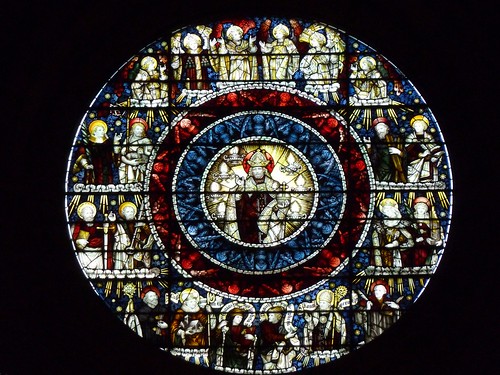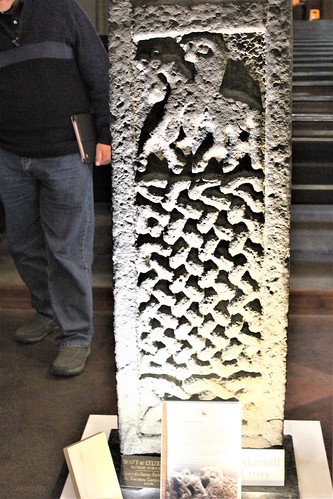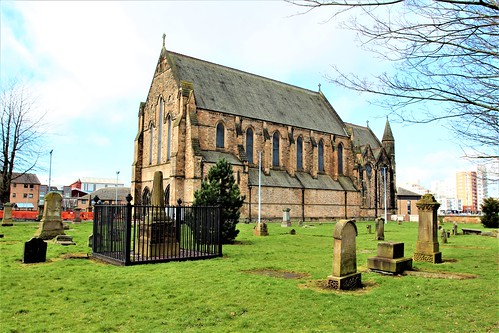Govan Carved Stones, Scotland
(Above image is a capture of stained glass at Govan Old Parish Church.)
This evening, I am reporting on the stunning collection of early medieval carved stones at Govan Old Parish Church, Glasgow, Scotland. This collection ranks as one of Scotland’s top historic treasures.
Govan is about three miles west of central Glasgow in the west of Scotland.
Despite historic importance, the collection remains at the location at which they were found, albeit now inside Govan Old Parish Church which is now a quasi-museum. The stones were originally found in the church burial ground.
The church is usually open April 1st-October 31st. Guides are usually on hand to assist with interpretation.
The Govan Old Parish Church is located on a very early and important Christian site close to the River Clyde, possibly dating back 1500 years in course of which worship has transitioned from Celtic to Catholic, briefly Episcopalian and now Presbyterian. In fact the current church is probably the fourth on the site. Interestingly, today a small congregation of Russian Orthodox worshipers use a section of the building.
The collection of sculptured stones were carved during the 9th, 10th and 11th centuries, each from locally quarried sandstone. They point to the importance of the Govan site and reflect a merging of cultures: Pictish, Irish, Cumbrian (N.W. England) and Scandinavian.
The restored sarcophagus shown immediately below is Glasgow’s first designed and crafted work of art. This was crafted from a single block of sandstone and probably dates from between the second half of the 9th century and mid-10th century. The quality is such that it was probably meant to be displayed.The early church in Govan was dedicated to St Constantine and there is speculation as to which historical Constantine this referred.One line of thought is that the Govan church was founded by the Scottish king Constantine who reigned from 862-878 or his son Donald who reigned from 889-900. The sarcophagus may have held the body of the founder but the interior is very narrow and may have been used to hold relics. The lid of the sarcophagus is missing which is unfortunate because this item could provide more information on purpose and occupant.
The 'hogbacks' below date from the
Viking era, 10th century, and together with others represent the largest
group of such stones in Scotland. These huge tombstones suggest
racially mixed marriages and great secular power.The fashion for this
type of tombstone appears to have originated in Anglo-Scandinavian
Yorkshire, England and then spread north-west. The term 'hogback' appears to have originated in Victorian times to reflect the perceived porcine shape of the carvings but debate within archaeological and academic circles remains inconclusive on what the stones actually represent.
'Sun Stone' at GovanOverall there are thirty-one historic carved stones to view and admire. The 19th century church in which they are housed is also of great architectural merit, including the impressive stained glass.








Comments
Post a Comment